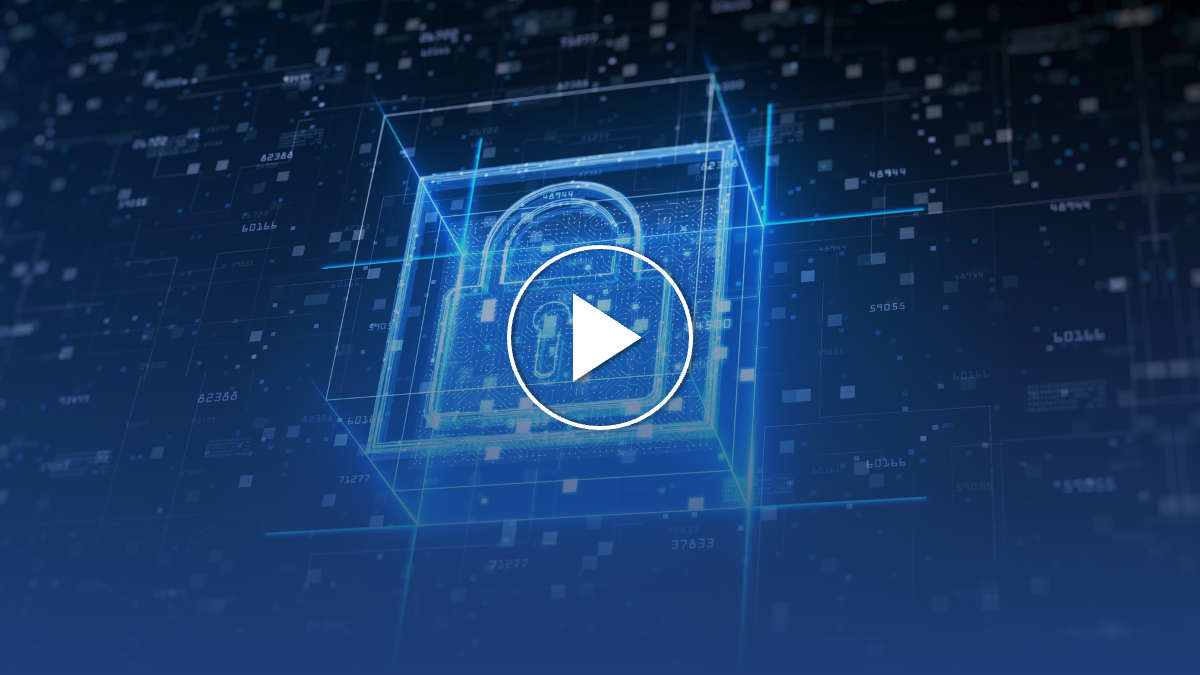What Is a SOC? Top Security Operations Center Challenges
What Is a Security Operations Center (SOC)?
A security operations center (SOC) is a critical component of a threat containment plan to protect your business. According to a recent study, having a SOC improves your organization’s ability to contain any threats by 43%. However, first, you must familiarize yourself with the most common challenges SOCs are facing.
6 Top SOC Challenges
Here are the top 6 challenges that most security operations centres (SOC) face at some point.
Too Many Security Alerts
Cyber attackers continue to evolve and innovate sophisticated ways to penetrate your system’s security. This results in a flood of security alerts popping on your screen on a daily basis. This is not only stressful but time-consuming as your analyst has to perform a multitude of tasks to determine the alert’s veracity.
False alerts add to this problem as the time wasted to identify and verify false threats could have been used on weeding out more sophisticated alerts. According to a survey, more than 50% of the respondents reported false-positive alerts. This extra time to get rid of these alerts adds up to the overall operational costs for your business.
That said, once your analyst has identified the threat, it is time to investigate it further. Your analyst will use threat intelligence (TI) to gauge the full scope of a breach and assess any associated information and data. Applying TI will also help you identify all the systems affected by a particular breach incident.
Tracing the Cyber Attackers
Cyber attackers are masters of disguises and are becoming increasingly clever at removing their trail. Cyber attacked can potentially erase some of their digital footprints, making it next to impossible to complete an investigation.
Modifications and Reconfiguration after Every Breach
Once your battle with a specific threat is over, it is time to modify and reconfigure your systems’ security protocol. This is very crucial at the end of each investigation as you determine the source and impact of the threat. Therefore, you must naturally make required changes so the same breach may never happen again.
This leaves your security analysts exhausted at times, especially if they are dealing with a plethora of false positives trying to find the real threat. It is like finding a needle in a haystack repeatedly.
Staffing Shortage
One of the top challenges SOCs are facing is difficulty finding experienced and trained personnel. Furthermore, a rapid shift to cloud-based infrastructure, operating modes, and SaaS-based apps have added to the problem.
For instance, only a small percentage of companies are delivering enterprise applications via server-less platforms.
How likely do you think that company will find specialists SOC staff with expertise in the serverless system? The answer is very low because most security personnel will have the experience and skills related to traditional security protocols.
This further leads to skill shortages. When your business is unable to hire someone to fill the skill gap, your existing employee has to step in for the job. However, that employee stepping up may add to the problem. No knowledge of the security skills can leave your system vulnerable to threats while the employee learns the rope.
Other problems may be slower responses, failure to detect threats, inability to respond at all.
Shortage of Knowledge
This is more of a continuation of the previous challenge. The lack of knowledge leads to skill shortages. Even those who have been working with security systems management tools may fail at times if they are no knowledge about the protection protocols of a system.
Shortage of knowledge will result in employees’ failure to identify a threat. Furthermore, it can also increase the chances of an inappropriate response to a problem, making the situation even worse. Inadequate knowledge will leave your Security Operations Center teams wasting time chasing and responding to false-negative and false-positive.
In the end, this will result in a real attack, and the team will be unable to foresee or prevent it.
The Technology Challenge
While technology aids operations and productivity, it also presents some challenges SOCs are facing. These include:
- There is a lack of appropriate tools
- There is a gap in filtering and analytics metrics. SOC teams need more advanced and well-designed tools to identify threats and prevent them from occurring
- There is a lack of integration and automation.
All of these 3 factors are the result of a rapidly evolving system environment. Systems using conventional centers are now moving towards a cloud-based environment. This will require new security protocols and tools to prevent any future breaches.
Applications designed and deployed in the cloud-based may need protection. However, SOC teams may not have adequate tools and means to give them clear visibility or means to intervene in those systems.
Conclusion
SOC analysts are your company’s first line of defense. Therefore, you must properly train them and provide them with adequate tools to secure your organization against cyber threats.



